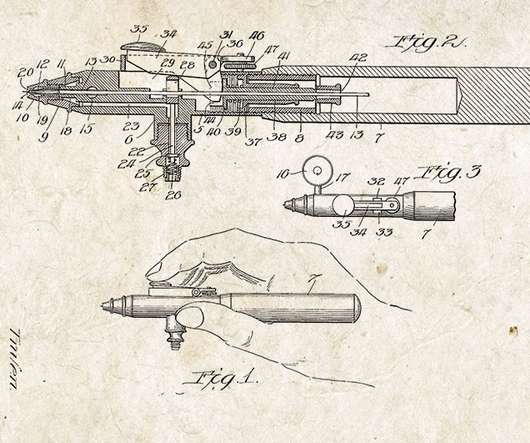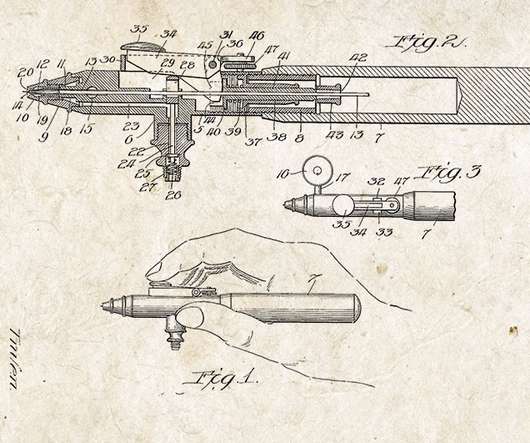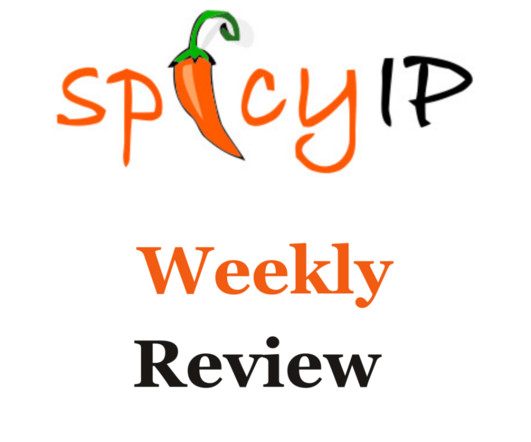Trademarks vs. Copyrights for Startups
TraskBritt Intellectual Property
MARCH 18, 2021
A copyright is a form of intellectual property that protects original works of authorship. Copyrightable works include literary, dramatic, musical, and artistic works, such as poetry, novels, movies, songs, computer software, and architecture. Among the benefits of owning a federal trademark registration are.












Let's personalize your content